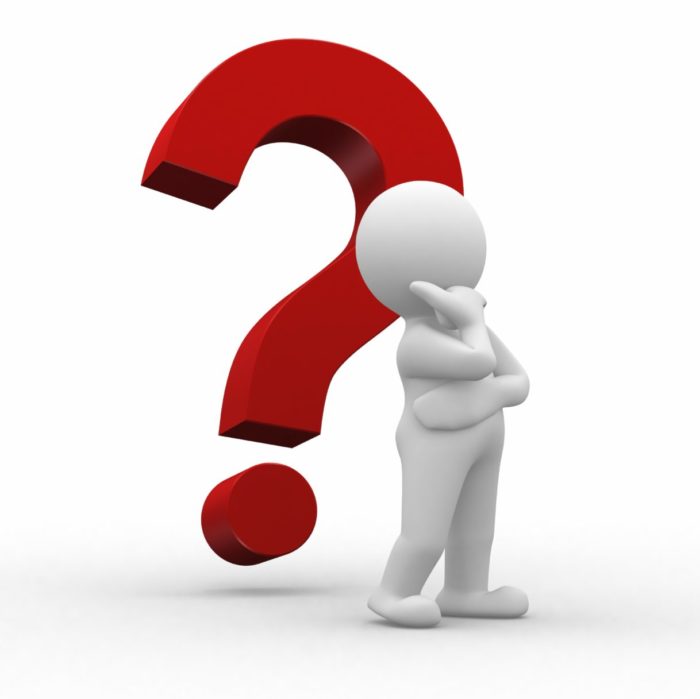Did You Ever Wonder How a Chinese Typewriter Works?
August 09, 2019

Did You Ever Wonder How a Chinese Typewriter Works?
We’re used to keyboards built around 26 letters plus a handful of punctuation symbols. For English or Spanish, that’s workable. But Chinese has thousands of characters—each a combination of strokes and radicals. Cramming all that onto a single machine was an engineering challenge that led to some of the most intricate typewriters in the world.
Radical + Stroke = Character
Early Chinese typewriters often relied on a radical-stroke method for organizing characters:
- Radical: A “root” element—think of it as a category marker (like “hand,” “mouth,” “water,” etc.).
- Stroke Count: The number of additional pen strokes after the radical.
Operators would navigate a grid or a system of levers to find the character’s radical first, then select how many extra strokes it had. It’s basically the same logic used in traditional Chinese dictionaries, adapted for mechanical typing. Some machines even used quadrant or component systems, splitting characters into major sections and letting you pick each piece.
From Giant Contraptions to Pocket Devices
These mechanical marvels could be huge and weren’t exactly user-friendly. Each new character meant carefully selecting a combination of keys or levers. But it worked—until phototypesetting and digital methods made them obsolete.
Enter the iPhone (and Other Modern Keyboards)
Now, consider your smartphone:
- Pinyin Input: Type “nihao” on your phone, and it offers you the matching Chinese characters. Behind the scenes, it’s using data-driven algorithms instead of physical levers.
- Handwriting Recognition: You can literally draw a character on the screen, and the phone identifies it—no giant typewriter necessary.
- Stroke-Based Input: Some people prefer stroke-by-stroke input, which is the digital descendant of radical-stroke methods.
Compared to a giant mechanical typewriter, the iPhone keyboard (and Android equivalents) is mind-blowingly compact. Yet it taps into centuries of dictionary logic: radicals, strokes, phonetics (pinyin)—all merged into an interface that fits in your pocket.
A Lesson in Adaptation
So, from the mechanical intricacy of early Chinese typewriters to the sleek multi-input keyboards on our phones, Chinese writing has continually adapted to new technologies. Each step in that evolution reminds us how language systems meet engineering solutions. We might not be wrestling with metal levers anymore, but the core problem—how to handle thousands of characters—still shapes how we design modern devices and input methods.
Next time you type “你好” on your phone, remember: you’re doing in seconds what once required an entire tray of metal type and a deft operator to pull off. It’s a testament to how far we’ve come—and a nod to the brilliant (if unwieldy) machines that paved the way.
